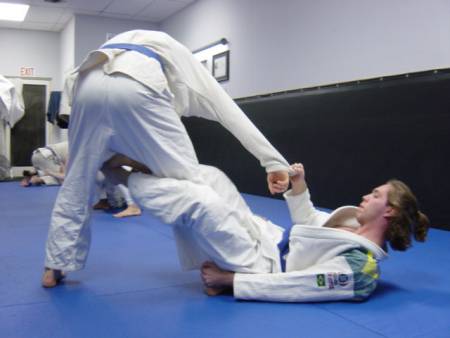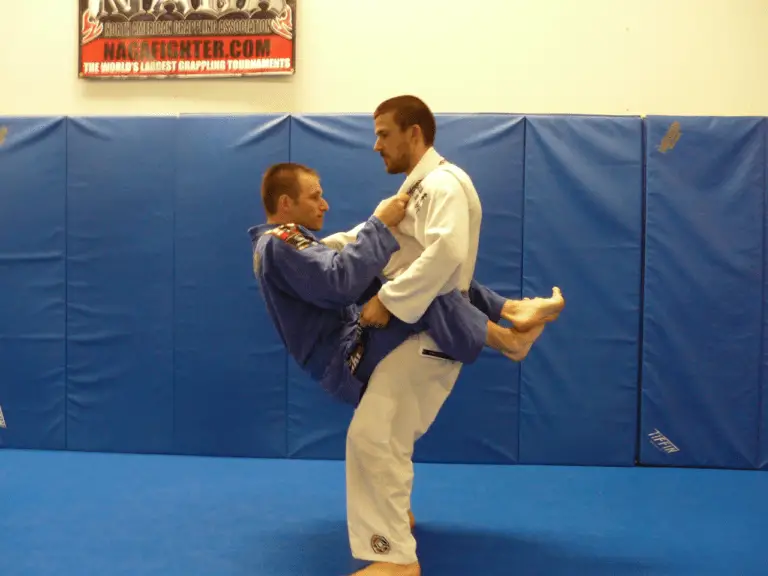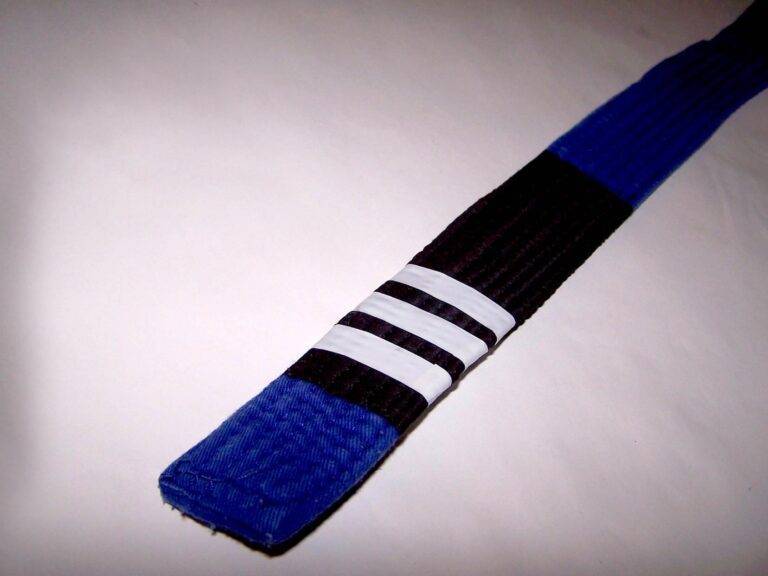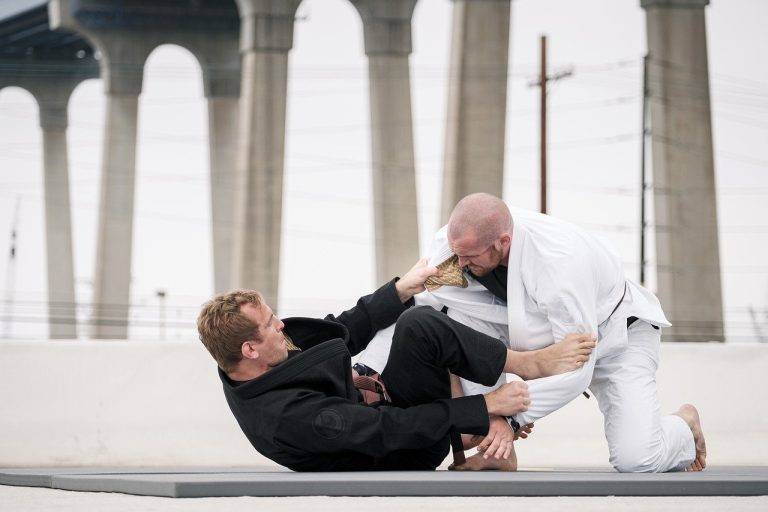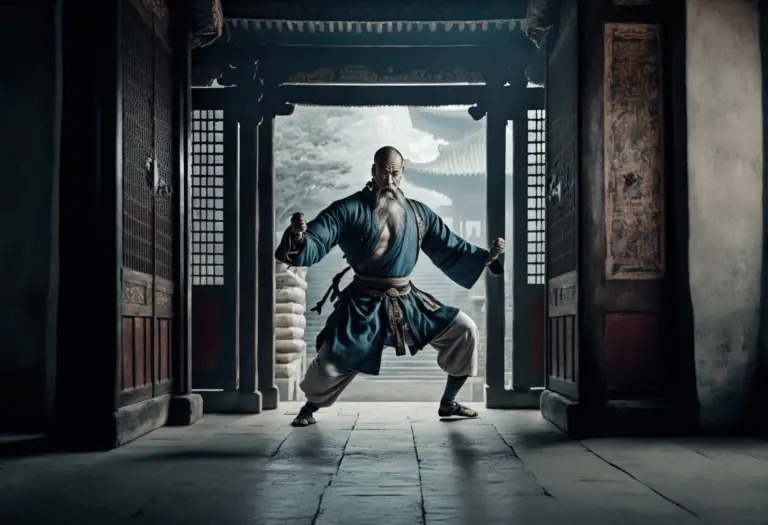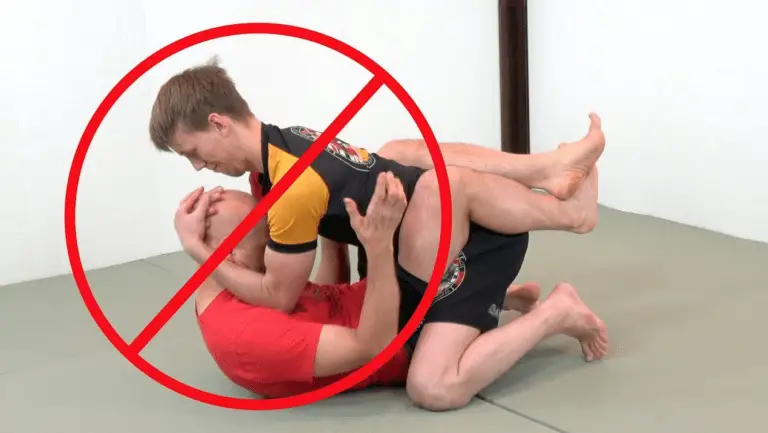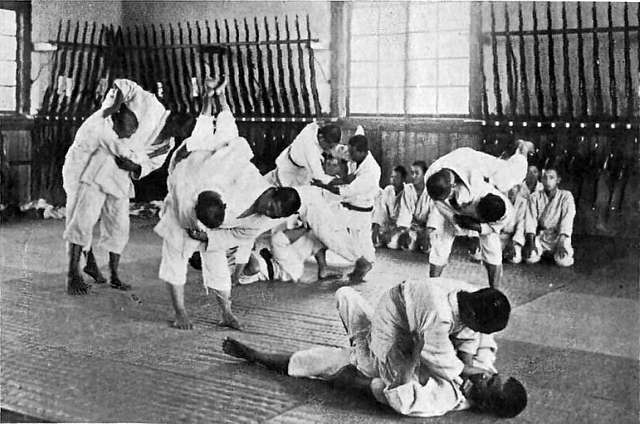De La Riva: The Versatile Guard Every Jiu-Jitsu Practitioner Should Know
As a Brazilian Jiu-Jitsu practitioner, you know that there are many different guard positions to choose from. Each one has its unique set of advantages and disadvantages. However, one guard that stands out for its versatility and effectiveness is the De La Riva guard.
Named after the Brazilian Jiu-Jitsu (BJJ) black belt Ricardo De La Riva, the De La Riva guard is a type of open guard that involves hooking one leg around your opponent’s leg, while using your other foot to control their hip. From this position, you can sweep, submit, or transition to other guards.
In this article, we will discuss everything you need to know about the De La Riva guard, from its history to its techniques, and how it can improve your BJJ game.
History of the De La Riva Guard
The De La Riva guard was first developed in the early 1990s by Ricardo De La Riva, a Brazilian Jiu-Jitsu black belt and one of the top competitors of his time. De La Riva was known for his innovative techniques and his ability to compete against much larger opponents.

According to De La Riva, he developed the guard as a way to control his opponent’s movements while also keeping himself safe from attacks. He was inspired by his training partner, Marcelo Behring, who had a similar guard known as the “spider guard.”
Over time, De La Riva refined the guard and began to use it in competition. It quickly became one of his signature techniques, and he was known for his ability to sweep and submit his opponents from the De La Riva guard.
The guard gained wider recognition in the BJJ community after De La Riva used it to defeat Royler Gracie, one of the most dominant competitors of the time, in the finals of the 1996 Brazilian Jiu-Jitsu World Championships. This victory cemented De La Riva’s status as one of the top competitors of his era and helped to popularize the guard among BJJ practitioners.
Since then, the De La Riva guard has become a staple in modern BJJ. It has been used by many high-level competitors, and has been incorporated into many different styles and systems of Jiu-Jitsu. Today, it remains one of the most versatile and effective guard positions in the sport.
The Advantages of the De La Riva Guard
One of the main advantages of the De La Riva guard is its versatility. From this position, you can sweep your opponent, submit them with a variety of attacks, or transition to other guards. It also allows you to control your opponent’s movements, making it harder for them to pass your guard.
Another advantage of the De La Riva guard is its ability to neutralize your opponent’s attacks. By controlling their leg and hip, you can prevent them from passing your guard or mounting you. It also makes it harder for them to attack with leg locks or other submissions. Many De La Riva sequences begin with off-balancing your opponent, so it’s easier to attack them while they are not based.
The Advantages of the De La Riva Guard
There are many different techniques you can use from the De La Riva guard. Here are some of the most common ones:
- De La Riva Sweep: This sweep involves hooking your opponent’s leg with your foot and using your other leg to push them over.
- Berimbolo: This is a technique that involves rolling backwards and coming up on your opponent’s back. It’s a very popular technique used by high-level competitors.
- Reverse De La Riva: This is a variation of the De La Riva guard where you hook your opponent’s leg with the opposite leg.
- De La Riva to X-Guard: This transition involves moving from the De La Riva guard to the X-Guard, which is another effective guard position.

Training Tips for the De La Riva Guard
If you want to improve your De La Riva guard, here are some training tips to keep in mind:
- Drill the techniques: Like any other BJJ technique, the De La Riva guard requires repetition to master. Make sure to drill the techniques regularly, both on your own and with a partner.
- Use it in sparring: Once you feel comfortable with the De La Riva guard, try using it during your rolls. This will help you develop your timing and adapt to different situations.
- Combine it with other guards: The De La Riva guard is effective on its own, but it can also be combined with other guards like the butterfly guard or the X-guard. Experiment with different combinations to find what works best for you.
Conclusion
The De La Riva guard is a versatile and effective guard that every BJJ practitioner should know. It offers many advantages, such as control over your opponent’s movements, the ability to neutralize their attacks, and a wide range of techniques to use.
To get the most out of the De La Riva guard, it’s important to drill the techniques, use it in sparring, and combine it with other guards. By doing so, you’ll be able to adapt to different situations and opponents, and develop a strong and well-rounded guard game.
So, whether you’re a beginner or an advanced practitioner, make sure to add the De La Riva guard to your arsenal. With its versatility and effectiveness, it’s sure to take your guard game to the next level.
- Buggy Choke: The Complete Guide - March 6, 2024
- Jiu Jitsu World League: Your Complete Guide - March 5, 2024
- How much do UFC referees make? A comprehensive guide - March 5, 2024

